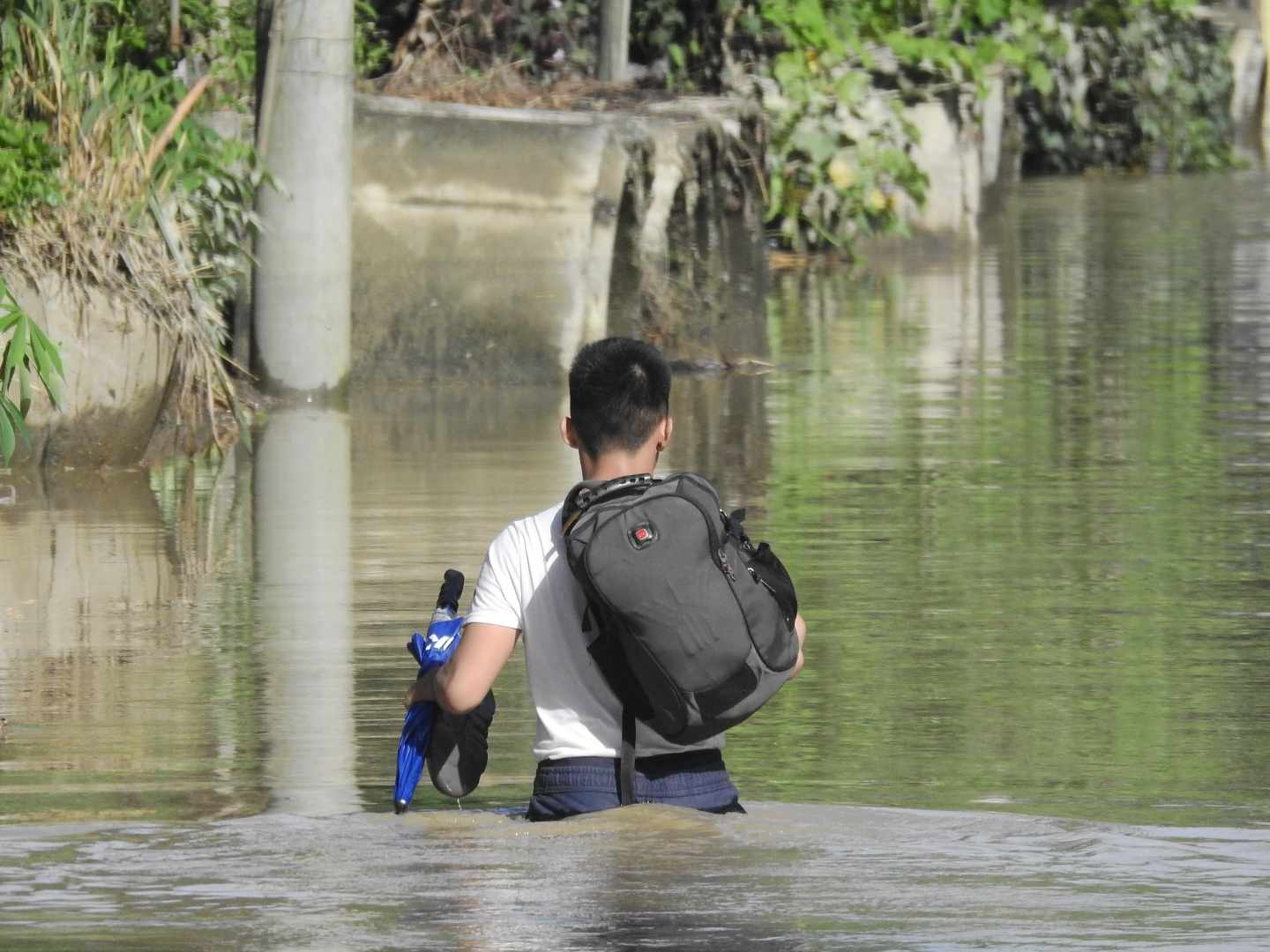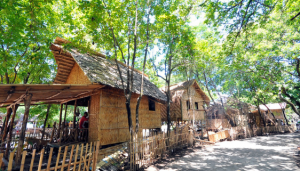THE OFFICE of the Civil Defense (OCD) XI sees the need to make local infrastructure projects resilient to disaster to avoid wasting government resources and risking people’s safety.
In line with this, OCD XI regional director Ednar Dayanghirang said they will conduct a series of regional flooding dialogues with all stakeholders and concerned national agencies in February to address the matter.
The regional director said the dialogue will also review comprehensive land use plans of local government units.
“The MGB (Mines and Geosciences Bureau) has provided all the data on landslide-prone areas and inundated areas, and that data is supposed to be translated into disaster plans and comprehensive land use plans as mga LGUs to be incorporated in zoning and initiatives be incorporated in their annual investment plan,” the director said.
He added that recommendations from the national science agencies should be included in the project implementation at the local level to avoid future complications.
He cited as an example a community in Maco, Davao de Oro was declared a “No Build Zone” by the government, where 70-80 families were forced to vacate the area. These zones refer to danger areas that are not recommended for human habitation.
The official stressed they will discuss this further in the dialogue so as not to be caught in an unending cycle of demolition and relocation.
Dayanghirang emphasized that severe flooding remains a challenge for the whole region as observed from the reports on the impact of the recent shear line weather phenomenon that triggered non-stop rains.
He said the Department of Public Works and Highways (DPWH) confirmed that some infrastructures were damaged by landslides and widespread flooding.
“Ingon nila [DPWH], naa bitaw and daghan pud complaints on the ground that their projects need to be realigned or harmonize with disaster,” Dayanghirang said during the Kapehan sa Dabaw on Jan. 22.
He cited as an example the gabion wire dike built on a creek, which contributed to the flooding in Toril District when it collapsed. Dayanghirang said some projects might be resilient but not in the face of a natural disaster.
He mentioned another case in Carmen when floodwaters spilled over to the national highway and roads, making them impassable to vehicles. As a result, motorists were stranded, particularly in Barangay Guadalupe.
The floodwaters were the result of the decision not to desilt the river as it would supposedly destroy the mangroves.
In such a case, Dayanghirang said concerned government agencies and the local government units have to agree on a win-win solution rather than finger-pointing.




